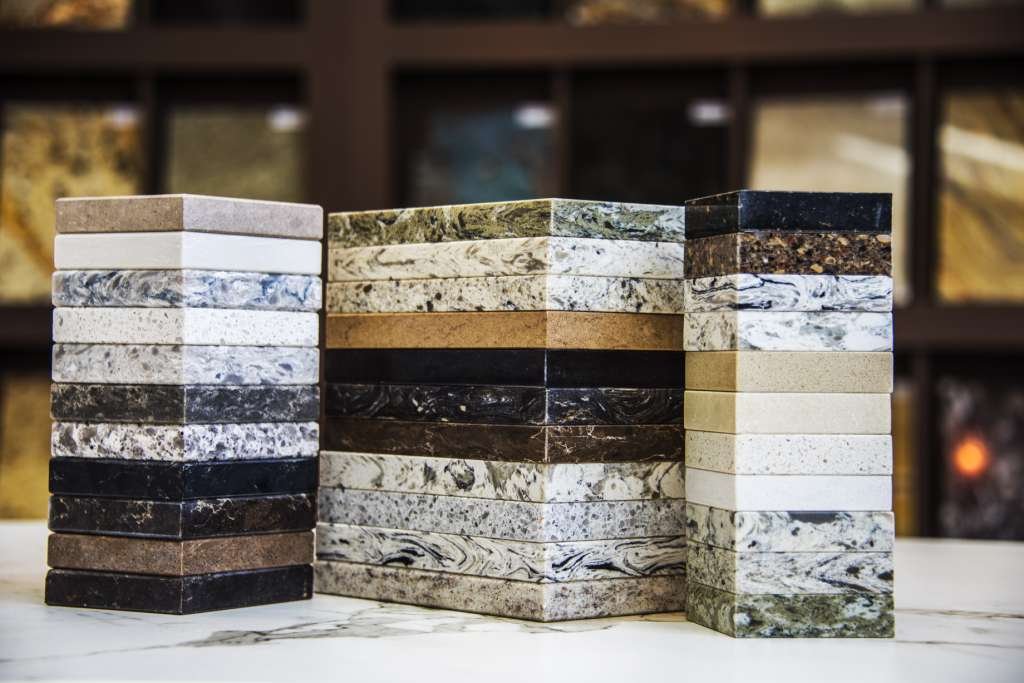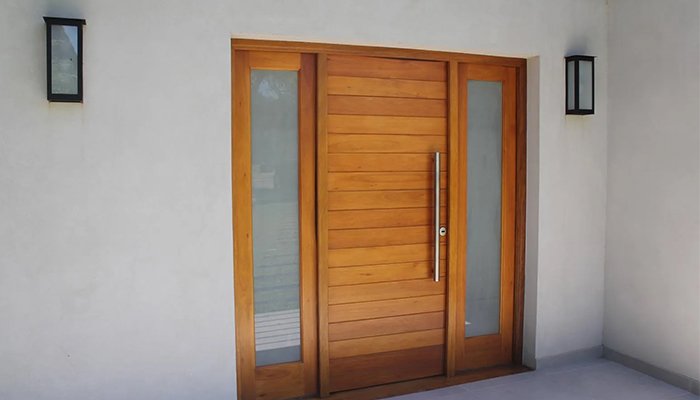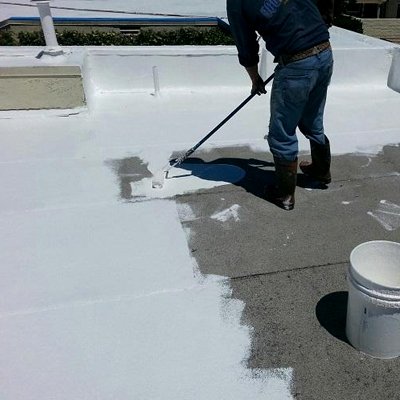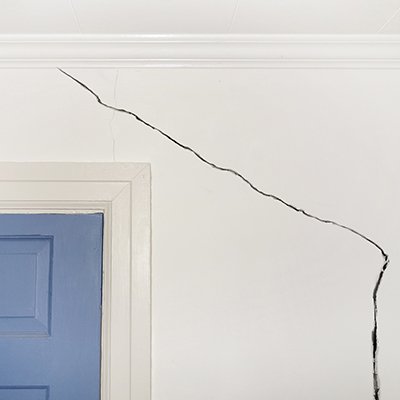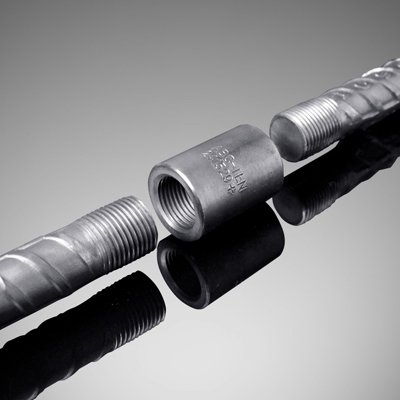GRANITE IN CONSTRUCTION
Granite has remained a preferred choice in modern projects for its strength, durability and beauty. HIDPL , a leading construction company in Jaipur delivers appealing projects using high-quality materials like granite.
Granite is a common type of igneous rock that is granular in texture. Granites can be predominantly white, pink, or gray in color, depending on their mineralogy. There are two main components of granite. They are feldspar and quartz. Apart from these two the other components such as amphiboles, mica etc. are present in small amounts. Granite is nearly always massive, hard, and tough. Because of these properties granite is used as construction stone from a long time. The average density of granite is between 2.65 and 2.75 g/cm3, its compressive strength usually lies above 200 MPa, and its viscosity near STP is 3–6·10 Pa·s.
The melting temperature of dry granite at ambient pressure is 1215–1260 °C it is strongly reduced in the presence of water, down to 650 °C at a few kBar pressure.
It is used as a construction material, a dimension stone, an architectural stone, a decorative stone, and it has also been used to manufacture a wide variety of products. Granite is used in buildings, bridges, paving, monuments, and many other exterior projects. Indoors, polished granite slabs and tiles are used in countertops, tile floors, stairs and many other design elements. Granite stone become very popular in flooring and wall dado due to its hardness quality, ability to take good polish and wide variety of colors available in it. Granite is a prestige material, used in projects to produce impressions of elegance and quality.
Characteristics of Granite:
- Strong & Durable
- Versatile looks can be obtained from these stones
- Affordable luxury
- Most granites are scratch proof
- It is more resistant than marble to acids found in cleaning products so it looks good for long time.
- True granites are light in color like whites, pinks and light grays.


Uses of Granite in Construction Industry:
- Granite in Kitchen Countertops: The kitchen counter top should be hard, tough, graceful and well designed, so for these quality Granite countertops is best choice. Granite countertops are available in many colors has great texture have good look. After finishing and polishing granite counter tops adds the value of home and it is popular choice as being natural stone. Generally the thickness of the countertop is 1 and ¼ inch.

- Granite Backsplash: In addition to solid slab countertops, granite tiles can be used to create a colorful and durable work station. The photo below shows how granite tiles were used to create a backsplash. These are of same thickness as the countertops.

- Granite Tile: Granite tiles are tough and easily cleaned so they can easily resist long term wear and tear. Granite tiles can come in all sorts of natural designs and colors due to the way in which it is formed. They have plenty of decorative uses which is why their reputation as a form of tile is so substantial. Granite floor tiles are available in standard thicknesses in 3/8, ½ and even ¾ inches.

Granite in Paths & Patios:
Granite paving slabs are ideal for use outdoors as they are very tough and weather-resistant. Paving slabs come in a wide range of hues, from red to green, as well as the well known greys and blacks. These are generally 1 and ½ inch thick as they have to endure outdoor heavy traffic.

Granite in External Cladding & Building Blocks:
Rough-Hewn granite can be used as building block or cladding for commercial, Institutional, Religious & residential Buildings. Granite blocks for construction can be rough on all sides or finished on one or more sides. Rough-cut blocks are the least expensive and provide a rugged appearance. Finishing the blocks is expensive but yields a more refined appearance.


Granite Monuments & Statue:
From gravestones to temples, monuments that are intended to last down the generations are often made of granite.Granite can be shaped to create stunning sculptures, whether it’s a memorial statue, garden decorations or a fountain centerpiece. The natural design is formed as a result of small minerals present in the stone itself after molten magma solidifies.

- Granite Curbing: Granite is often used as a street curbing. Curbs made from granite are more durable than those made of concrete. They also provide a more decorative appearance.

Staircases:
Granite stone reaches the factory as large chunk of stone where it is cut in slices and pieces according to need and demands. Firstly the cutting and slicing is done then polishing is done till the stone shine on its own and the surface becomes smooth. Final product is flat and shiny smooth and is most commonly fitted in staircase. However, granite is quite slippery so carefulness is required. In treads 30mm thick granite is used while in risers 20mm thick granite is used.
Advantages of Granite:
- These are non-porous and can resist water seepage.
- Easy to maintain.
- Resistant to stains as long as it is sealed.
- Its timeless elegance, outstanding hardness and resistance to abrasion make this the perfect material for outdoor and indoor use.
- It is highly durable and fit perfectly with different materials like wood, metal etc.
Disadvantages of Granite:
- These are expensive.
- They become cold in cold climate. Not as cold as marble but significantly cold.
- Skilled workers are required for installation.
- Highly polished granites are highly slippery.
- Repair of scratched and broken granite can be expensive & there could be mismatch in color.

